The Interim Finance Committee, composed of Nevada Assembly members and senators, met last
week to discuss an emergency plan to address the impending halt of Supplemental Nutrition
Assistance Program (SNAP) funding expected on Nov. 1.
State legislators debated how to subsidize food budgets for Nevadans whose SNAP benefits will
cease indefinitely beginning in November until the federal government reopens.
The committee voted unanimously to allocate $38.6 million to Nevada’s two major food
banks—Three Square in Southern Nevada and the Food Bank of Northern Nevada—to purchase
and distribute food for the approximately 500,000 residents who are losing SNAP support
starting this week.
The state has already sent $8.6 million to Three Square and the Food Bank of Northern Nevada,
with the remaining $30 million to be reallocated to Nevada’s food insecurity programs from
unspent federal American Rescue Plan Act (ARPA) funds. Legislators also discussed the
possibility of using the state’s “rainy day fund,” which consists of surplus money from the
previous fiscal year, to replace the $90 million Nevada’s SNAP program typically receives each
month if the shutdown continues.
Shane Piccinini and Beth Martino, representing the Food Bank of Northern Nevada and Three
Square, respectively, testified extensively during the session. Both said they expect food demand
at their distribution sites and rural partner pantries to double starting this week, with even greater
need anticipated if federal payrolls to active military and civilian employees are interrupted.
Martino testified that Three Square distributes between 2 million and 3 million pounds of food
per month. Both organizations rely on federal commodity programs such as the Emergency Food
Assistance Program (TEFAP), as well as private donations and wholesale purchases totaling
about $1 million per month each.
Food banks previously distributed millions of dollars’ worth of fresh produce from Nevada
farmers through the Home Feeds Nevada program. Still, federal programs that funded HFN and
similar farm-to-community efforts were canceled within the past year.
Robert Thompson, director of the Nevada Division of Welfare and Supportive Services (DWSS),
was asked whether the state could provide emergency funds directly to families as SNAP cash,
as other states have done. Thompson replied that the regional Food and Nutrition Service (FNS)
director has told Nevada that the state cannot use SNAP beneficiary data to replace federal
SNAP funds because Nevada lacks a general assistance agreement with FNS.
A press release from Gov. Joe Lombardo’s office dated Oct. 24, 2025, echoed that restriction,
stating that state funds could not be used to replace SNAP Electronic Benefit Transfer (EBT)
money directly.
Assembly Speaker Steve Yeager of Clark County questioned Thompson about how a direct-to-
consumer spending plan might work. Thompson testified that his team had already researched
that option and found that the state’s EBT contractor, Fidelity Information Services, could load
cash onto EBT cards within about a week at minimal cost. He added that the funds would appear
in a “cash” account, separate from the existing “food” account, allowing users to choose which
to use at grocery checkouts.
Assemblymembers Sandra Jauregui and Yeager of Clark County and Sen. Nicole Cannizzaro of
Las Vegas, all Democrats in leadership roles, said the state may have to defy the USDA by using
emergency food insecurity funds not only to support food banks but also to send money directly
to the 500,000 Nevada SNAP users via their EBT cards.
No members of either party publicly objected to the idea. Yeager concluded the discussion by
saying the committee “can’t take ‘no’ for an answer.”
The committee ultimately voted to allocate $38.6 million toward immediate food security efforts
through food banks but did not vote on a plan to replace federal EBT funding.
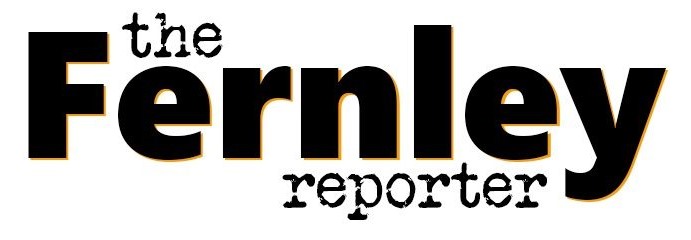

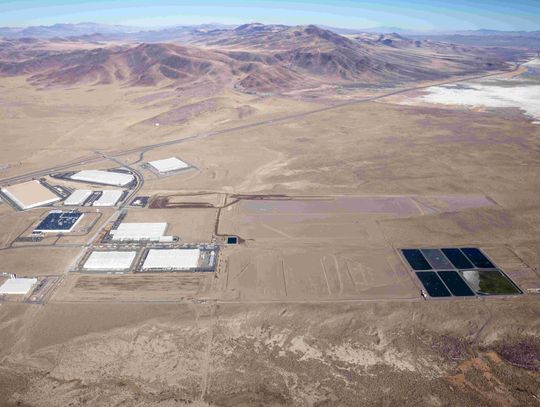
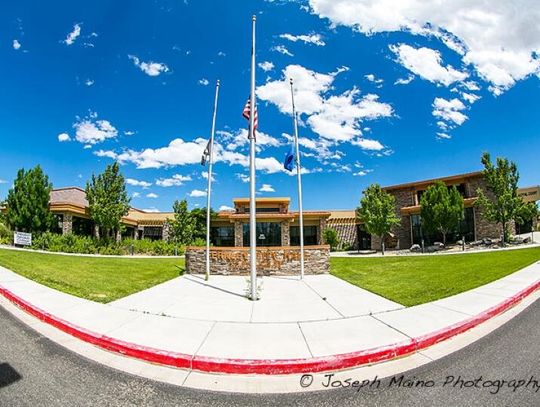
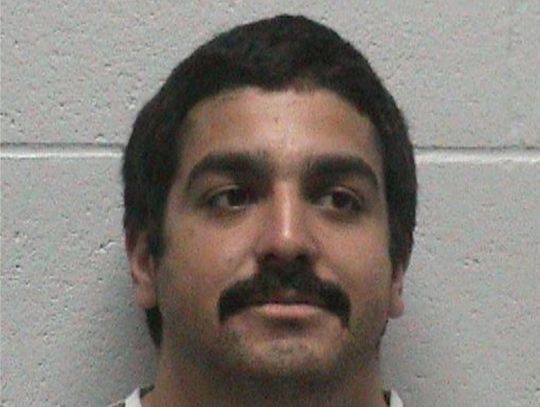
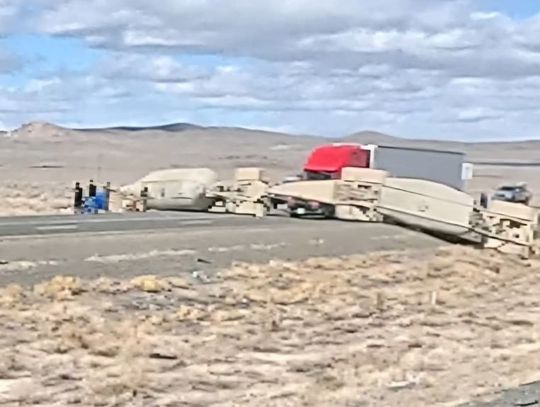


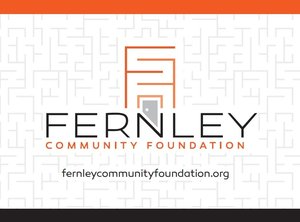
Comment
Comments